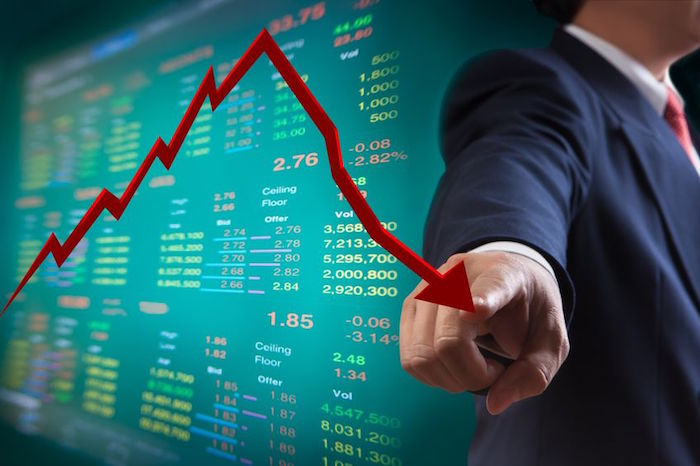Keeping Stock Market Performance In Perspective

The stock market has enjoyed an extended period of strong performance that dates back to the end of the last bear market in early 2009. While stock market performance can be measured in myriad ways, it’s the Dow Jones Industrial Average that has surpassed several one-thousand-point milestones so far in 2017: The Dow first topped the 20,000 mark on January 25, before passing the 21,000 level just over a month later. Then in early August, it broke through the 22,000 mark. As August ended, the seemingly smooth sailing market rally hit a few bumps. While no one can predict the future, market strategists and analysts are suggesting that we could see some additional market volatility in the months ahead. So how do investors keep all of this in perspective while trying to manage their portfolios? Here are three points to keep in mind as you follow the stock market:
1. The real value of each underlying move in the Dow index diminishes as the market rises.
While the Dow Jones average is often used to provide a general reading on the state of the market, the index includes the 30 largest company stocks. When the Dow Jones Industrial Average climbs higher, the actual impact of each change in its price is reduced. For example, when the Dow broke through the 2,000 barrier in January 1987, it marked a notable 100% increase from the 1,000 level first reached nearly 15 years earlier. By contrast, when the Dow moved 1,000 points to reach 22,000 between March and August of this year, it represented just a 4.5% increase.
The same perspective applies to day-to-day market moves. The stock market makes headlines when the Dow Jones average moves up or down 100 points in a day. Twenty years ago, when the Dow stood at about 8,000, a 100-point move in the market represented a 1.25% change in value. Today, a 100-point move is equivalent to less than a half-percent change. In short, 100 points in the Dow Jones Industrial Average doesn’t mean what it used to.
2. Markets can retreat from record levels.
Just as stock markets can rise, history shows they can fall as well. In the spring of 1999, the index reached the 11,000 mark. It moved higher for a few more months before a severe bear market occurred. The Dow dropped to 7,286 in 2002 before returning to the 11,000 level in 2006. Similarly, the market topped 14,000 in 2007 just before the start of another severe bear market. It fell and did not reach that level again until early 2013.
No one can guarantee what will happen to stocks over the next week, month or year. Stock markets are unpredictable in the short term, as fluctuations are part of the market’s behavior over time. Price swings are a reality for stock investors, but over time, stocks historically have recovered.
3. Indexes may not be representative of your portfolio.
While indexes often generate headlines, their performance may not be an appropriate reflection of your own portfolio. Emotions run high when there are market swings, but don’t let fear get the best of you. Stock market swings can act as a reminder to review your financial position, making sure that your asset mix matches your long-term goals. Remember that the most important factors of your investment success are your goals, the time you have to invest, your risk tolerance, and your commitment to save.
Reacting to the stock market or speculation about events that may happen in the future might make for interesting dinner conversation, but remember that it’s not a proven investing strategy.
If you’d like help aligning your financial plan with your feelings on the stock market, consider working with a financial advisor you trust. A financial professional can provide an objective perspective and help you stay focused on your financial goals.
Rocco A. Carriero, MBA, CRPC, is a Private Wealth Advisor with Ameriprise Financial Services, Inc. in Southampton, NY. He specializes in fee-based financial planning and asset management strategies and has been in practice for over 16 years. To contact him: 631-283-8482, 1673 County Road 39, Southampton, NY 11968 or roccocarriero.com. Advisor is licensed/registered to do business with U.S. residents only in the states of NY, NJ, TX, MA, PA, NC, NH, UT, NV, CA, NM, WA, VT, MS, MD, RI, FL, MO, SC, GA, MN, CT, AZ.
Investment advisory products and services are made available through Ameriprise Financial Services, Inc., a registered investment adviser. Ameriprise Financial Services, Inc. Member FINRA and SIPC. © 2017 Ameriprise Financial, Inc. All rights reserved.



